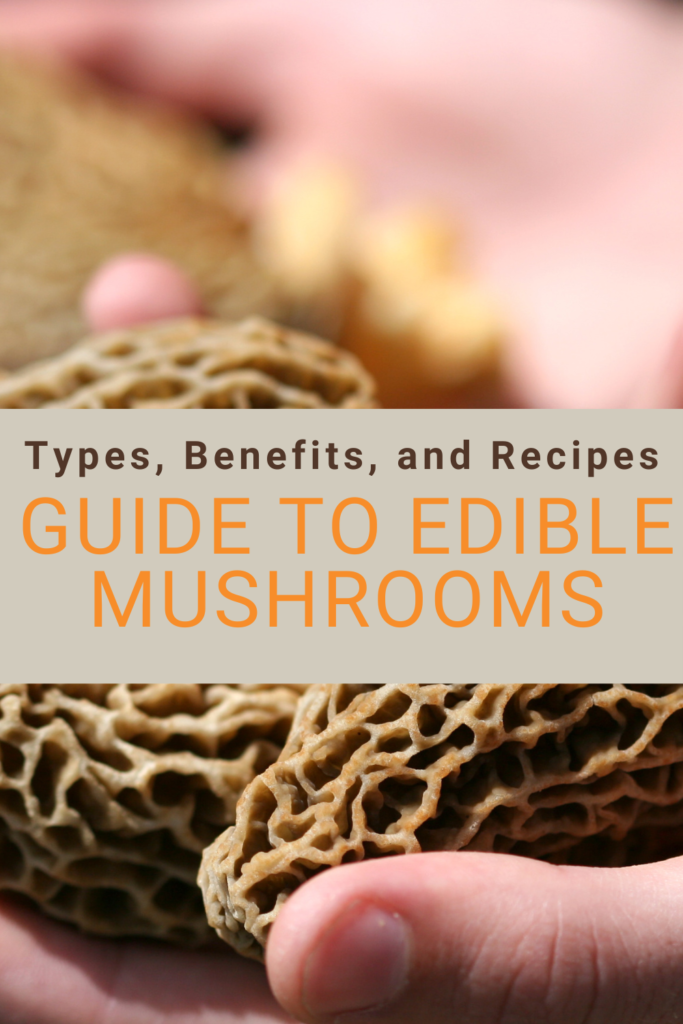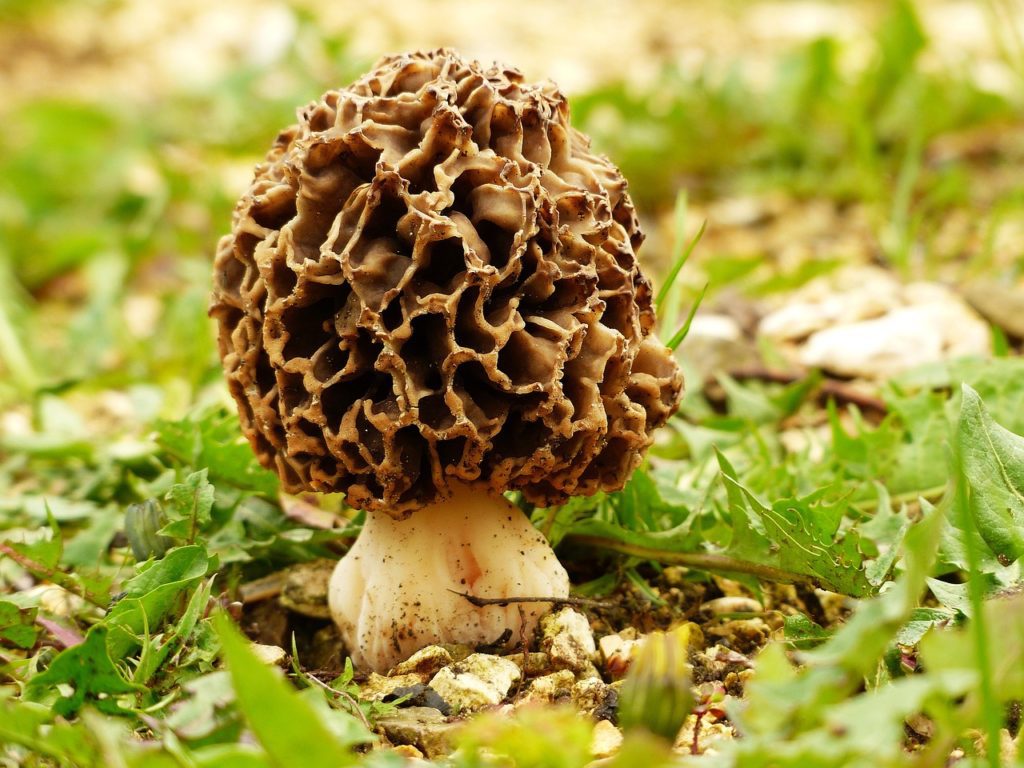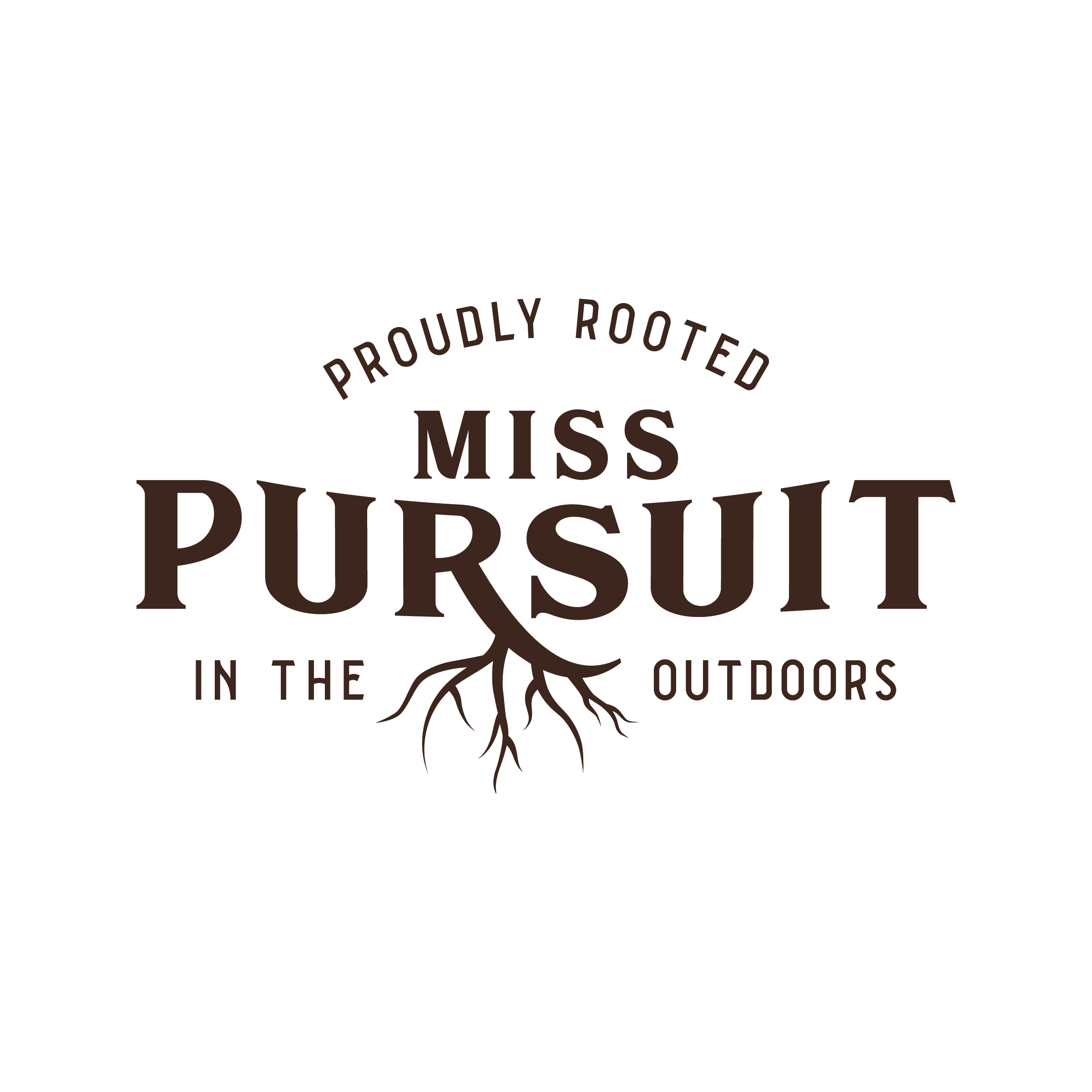Discover the world of edible mushrooms with this ultimate guide! Learn about different types, their benefits, and delicious recipes to try at home.
Types of Edible Mushrooms

Shiitake Mushrooms
Shiitake mushrooms are a popular edible mushroom that is native to East Asia. They have a meaty texture and a rich, earthy flavor that makes them a great addition to soups, stir-fries, and other dishes. They are also packed with nutrients like vitamin D, B vitamins, and antioxidants.
Portobello Mushrooms
Portobello mushrooms are a large, meaty mushroom that is often used as a vegetarian substitute for meat. They have a rich, savory flavor and a firm texture that makes them perfect for grilling or roasting. They are also a good source of protein, fiber, and antioxidants.
Oyster Mushrooms
Oyster mushrooms are a delicate, flavorful mushroom that is often used in Asian cuisine. They have a mild, slightly sweet flavor and a tender texture that makes them perfect for stir-fries and soups. They are also a good source of protein, fiber, and antioxidants.
Enoki Mushrooms
Enoki mushrooms are a small, delicate mushroom that is often used in Japanese cuisine. They have a mild, slightly sweet flavor and a crunchy texture that makes them perfect for salads and sandwiches. They are also a good source of protein, fiber, and antioxidants.
Morel Mushrooms
Morel mushrooms are a wild mushroom that is highly prized for their rich, earthy flavor. They have a distinctive, honeycomb-like appearance and a meaty texture that makes them perfect for sautéing or roasting. They are also a good source of protein, fiber, and antioxidants.

Chanterelle Mushrooms
Chanterelle mushrooms are a wild mushroom that is highly prized for its delicate, nutty flavor. They have a distinctive, trumpet-like shape and a firm texture that makes them perfect for sautéing or roasting. They are also a good source of protein, fiber, and antioxidants.
Button Mushrooms
Button mushrooms are a common mushroom that is often used in salads, soups, and other dishes. They have a mild, slightly earthy flavor and a firm texture that makes them perfect for sautéing or roasting. They are also a good source of protein, fiber, and antioxidants.
How to Forage for Edible Mushrooms
Research and preparation are key when foraging for edible mushrooms. Make sure to familiarize yourself with the types of mushrooms in your area and their characteristics. While foraged mushrooms can be a delicious addition to any meal, it’s important to remember that some can be poisonous. It’s always better to be safe than sorry when it comes to foraging, so consider going with an experienced guide or taking a class on mushroom identification.
Once you’ve identified a mushroom as safe to eat, you can prepare it in a variety of ways. Sauteed with butter and garlic, grilled with olive oil and herbs, or even added to soups and stews, foraged mushrooms add complex, earthy flavors to any dish. Just make sure to give them a thorough cleaning before cooking and avoid eating them raw.
In conclusion, foraging for mushrooms in the wild can be a great way to find a variety of edible mushrooms. When foraging, keep a lookout for wooded areas, moist places, and signs of fungal growth under trees. Take time to identify the mushroom you find and make sure you know whether it is safe to consume. With careful observation and guidance from experts, mushroom hunting can be an activity that is both fun and rewarding.
Identifying Edible Mushrooms in the Wild
Always cross-check all mushrooms with a reliable field guide to identify edible species accurately. It's important to note that not all wild mushrooms are safe to consume. A lot of different types of poisonous mushrooms can look quite similar to edible ones, so learning how to tell the difference is essential.
If you're interested in foraging for edible fungi, you should start by studying a good field guide or taking a class led by an expert in the field. There are many different varieties of wild mushrooms that are edible, but it's always best to err on the side of caution and double-check your identification with a trusted source. Knowing which wild mushrooms are edible can lead to a rewarding and delicious hobby.
Similarly, when foraging for wild mushrooms you can eat, it is always important to be aware of the potential risks. Brightly colored caps, gills, or stems can indicate toxicity and should therefore be avoided. Knowing which varieties are edible and toxic is a key part of any foray into wild mushroom hunting.
Tips for Locating Wild Edible Mushrooms
Know your mushroom habitats and seasons to increase your chances of finding edible mushrooms. You might come across a wide range of mushrooms in your nearby woods, some of which can be wild and edible while others are poisonous. The best way to identify an edible mushroom is to get familiar with the different types of mushrooms and their habitat. A wild mushroom is a delicacy that requires extra care when picking and choosing, to ensure that it is safe to eat.
Different species of edible mushrooms thrive in different environments, and some are only found during certain seasons, so it's essential to have a good understanding of the fungi hunting season in your area.
Look for distinguishing physical features and characteristics such as color, shape, and texture to properly identify edible mushrooms. It’s important to know the differences between edible mushrooms and toxic ones. One wild mushroom you can eat is the morel mushroom which has a cone-shaped cap that is light brown in color. This mushroom is sought after due to its unique texture and flavor that is both nutty and earthy.
Another edible mushroom is the chanterelle mushroom which is known for its trumpet-shaped cap and deep orange color. This mushroom has a fruity aroma and a delicate taste that is often described as apricot-like.
Be sure to educate yourself on the different varieties of wild mushrooms you can eat and those that you should avoid so you can enjoy the delicious flavors of wild mushrooms safely. Besides, when it comes to foraging edible mushrooms in the wild, caution should be exercised as there is a risk of accidental poisoning. Therefore, competent identification and thorough research are essential before consuming any wild mushrooms.
Which Mushrooms Are Safe to Eat?
It's important to know how to identify safe edible mushrooms, as some poisonous mushrooms can be deadly. While mushroom hunting can be a fun activity, it is crucial to be able to differentiate between edible and toxic species. If you're new to mushroom foraging, it's important to stick with easily recognizable mushrooms, such as portobello or oyster.
However, once you've gained more experience and knowledge, you can start identifying more exotic species like chanterelles and shiitake. Remember to always consult a guidebook or expert for help in identifying mushrooms, and never eat any mushrooms you can't positively identify as safe to consume.
Look for familiar mushroom types such as chanterelles, portobello, and shiitake, which are generally safe to eat. But the same cannot be said about all wild mushrooms. While many types of wild mushrooms are edible, some can be extremely dangerous and cause serious illness. So, it is important to do thorough research and have a solid understanding of mushroom identification before foraging in the wild. It's not worth risking your health or even your life, just because you assume that all wild mushrooms are edible.
Our advice is to always cook your mushrooms well and to start with small quantities when trying out new species. Furthermore, it is important to exercise caution when identifying and consuming wild mushrooms as not all are edible. Avoid consuming mushrooms that have a bitter taste, an unpleasant odor, or white gills or stems, as these are often signs of a toxic mushroom species. If in doubt, it's always best to consult an expert regarding the edibility of a wild mushroom before consumption.
